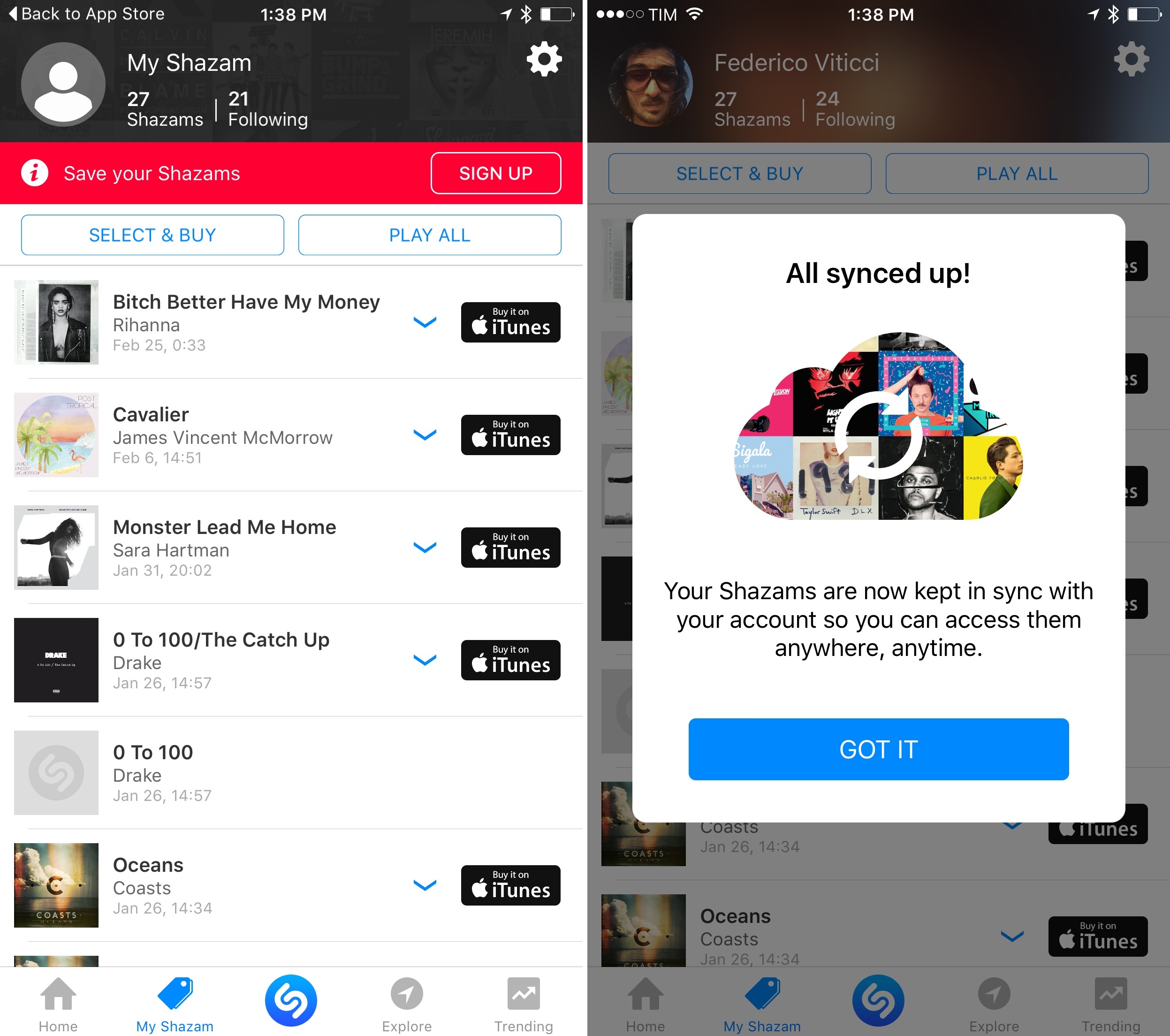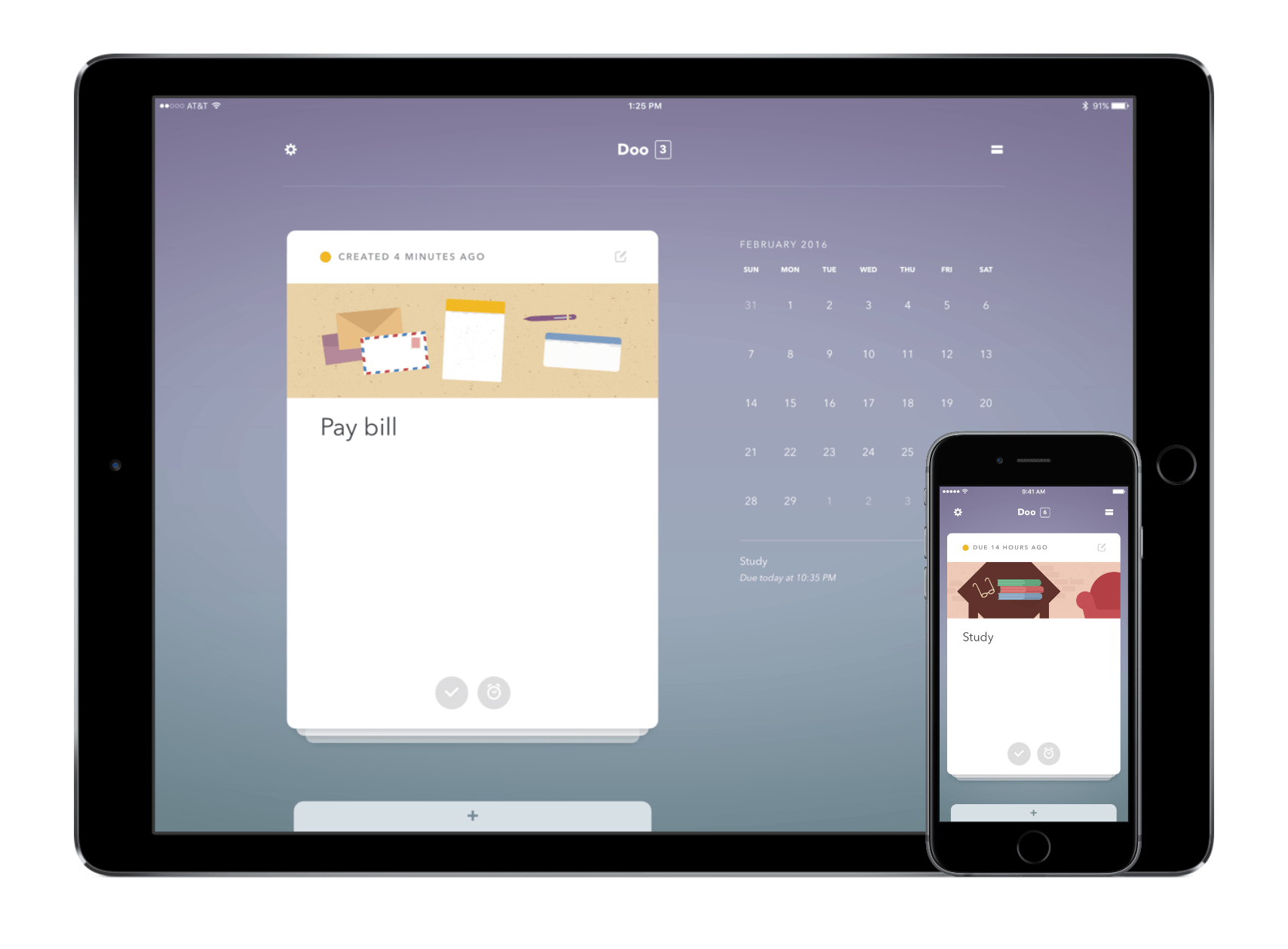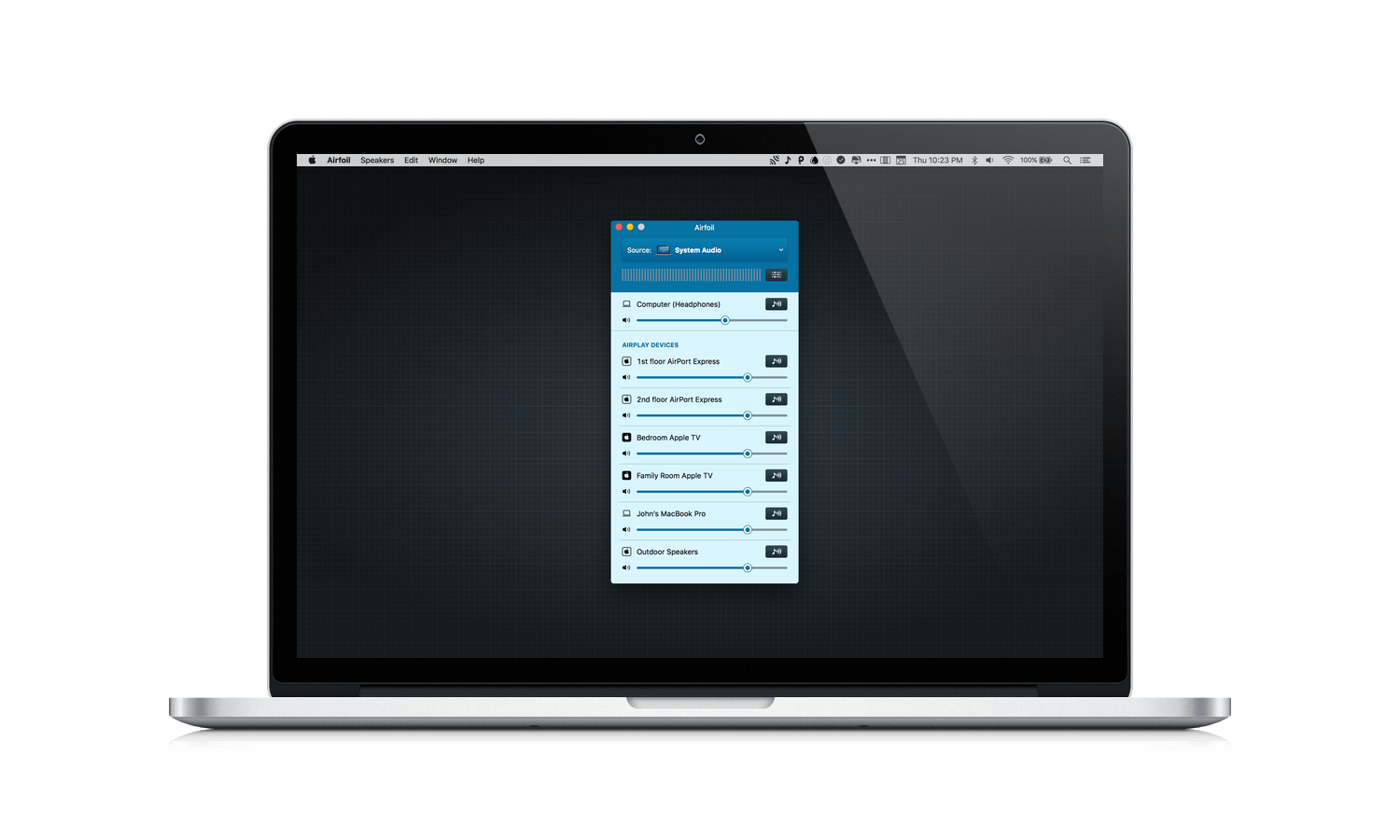Andrew Webster, writing on the upcoming game by my friend Sam Rosenthal, who’s collaborating with Ryan Cash and Snowman (makers of Alto’s Adventure):
When he was still a student at the University of Southern California, Sam Rosenthal started working on a game about building a house of cards. It was inspired in part by the Radiohead song “House of Cards,” which Rosenthal felt sounded “like a gentle plea to knock down a structure in favor of something new.” The game let you create structures, then break them down so that you could rebuild them in different ways. Rosenthal wanted the deconstruction and reconstruction to gradually tell a coming of age story about the wistfulness of adolescence, and the way important, sometimes devastating events can impact your life. “The longer the idea sat with me,” he says, “the more it became a lens that I use to see the world.”
After graduation, he worked various industry jobs, designing puzzles for Disney’s mobile hit Where’s My Water? and characters for Activision’s ubiquitous Skylanders series. The idea from school stuck with him, and in his spare time, he continued to tinker with it. A few years later, in 2013, Rosenthal met up with budding game designer Ryan Cash, and the two shared the projects they were working on. Cash had an early version of a snowboarding game, which would go on to become mobile hit Alto’s Adventure. Rosenthal revealed an early version of Where Cards Fall.
No gameplay images or videos yet, but I can already tell this will be worth paying attention to.






